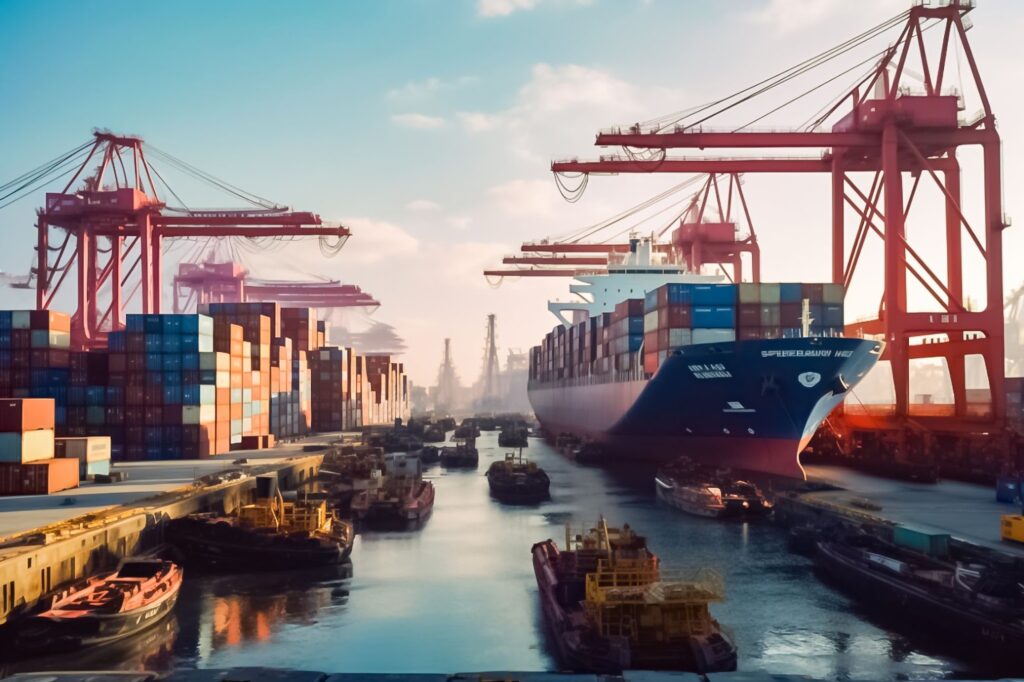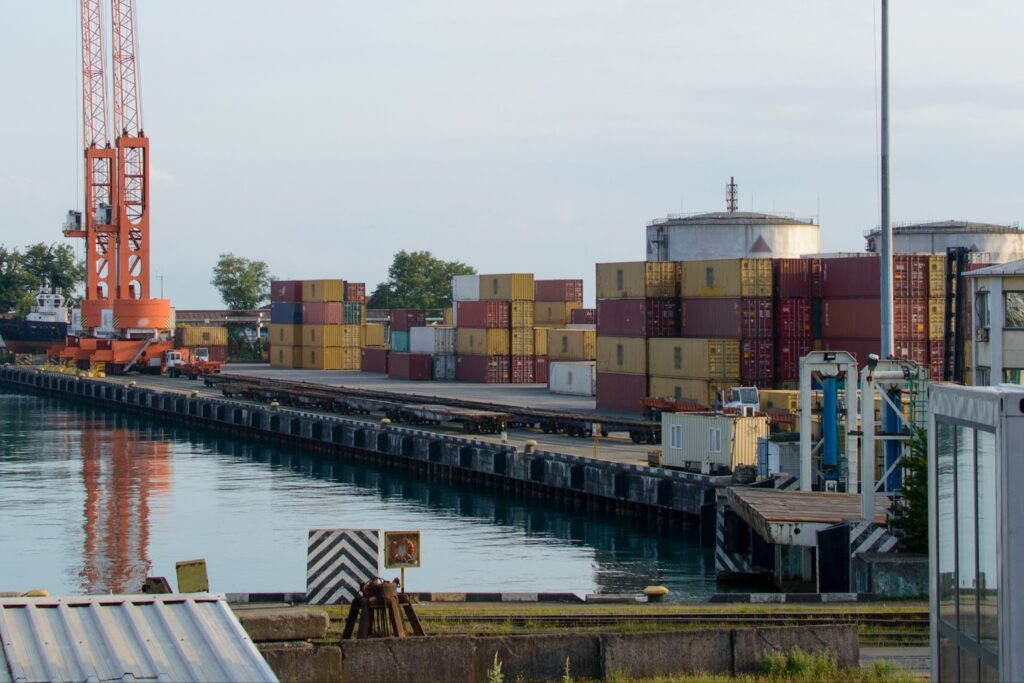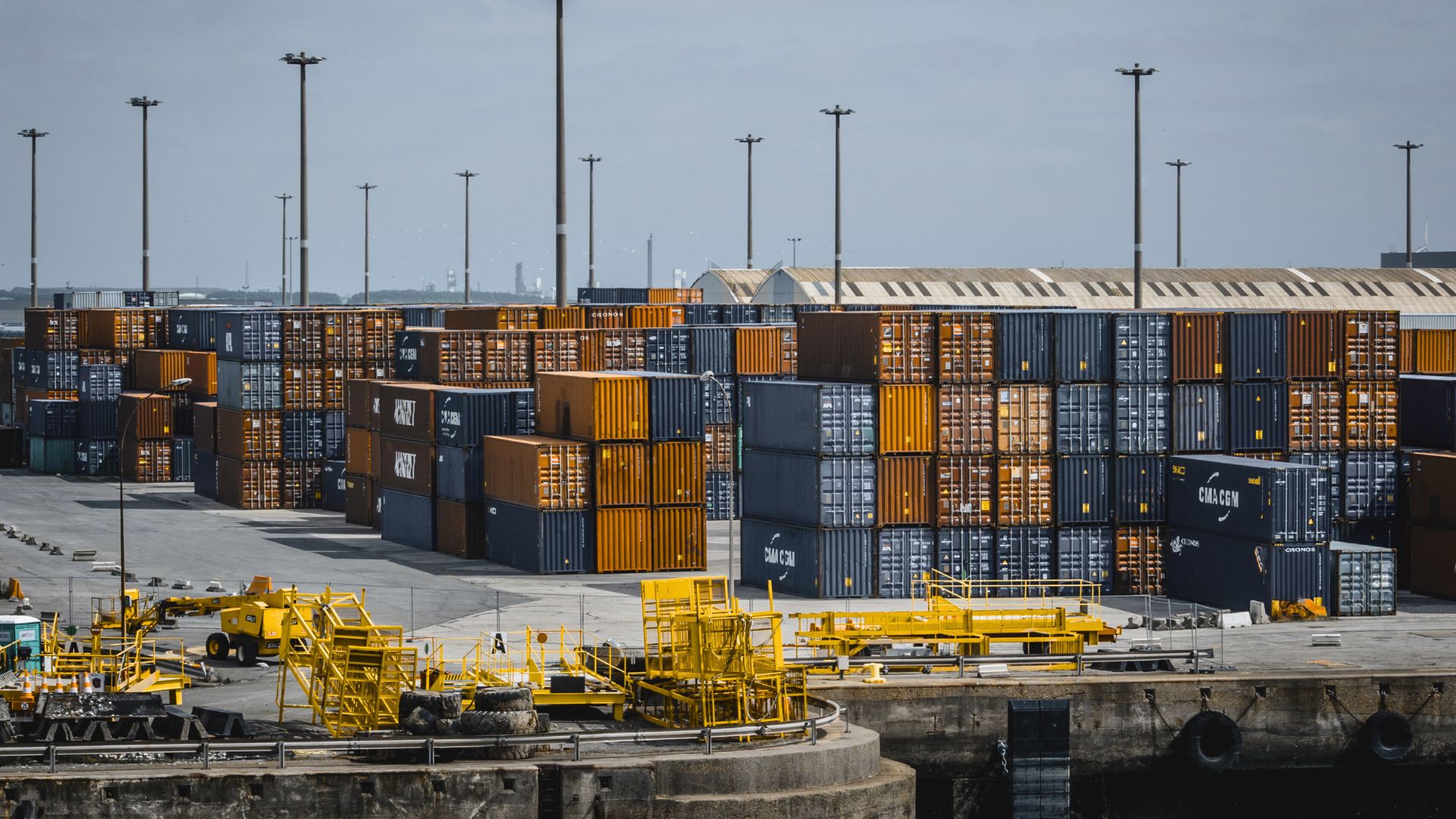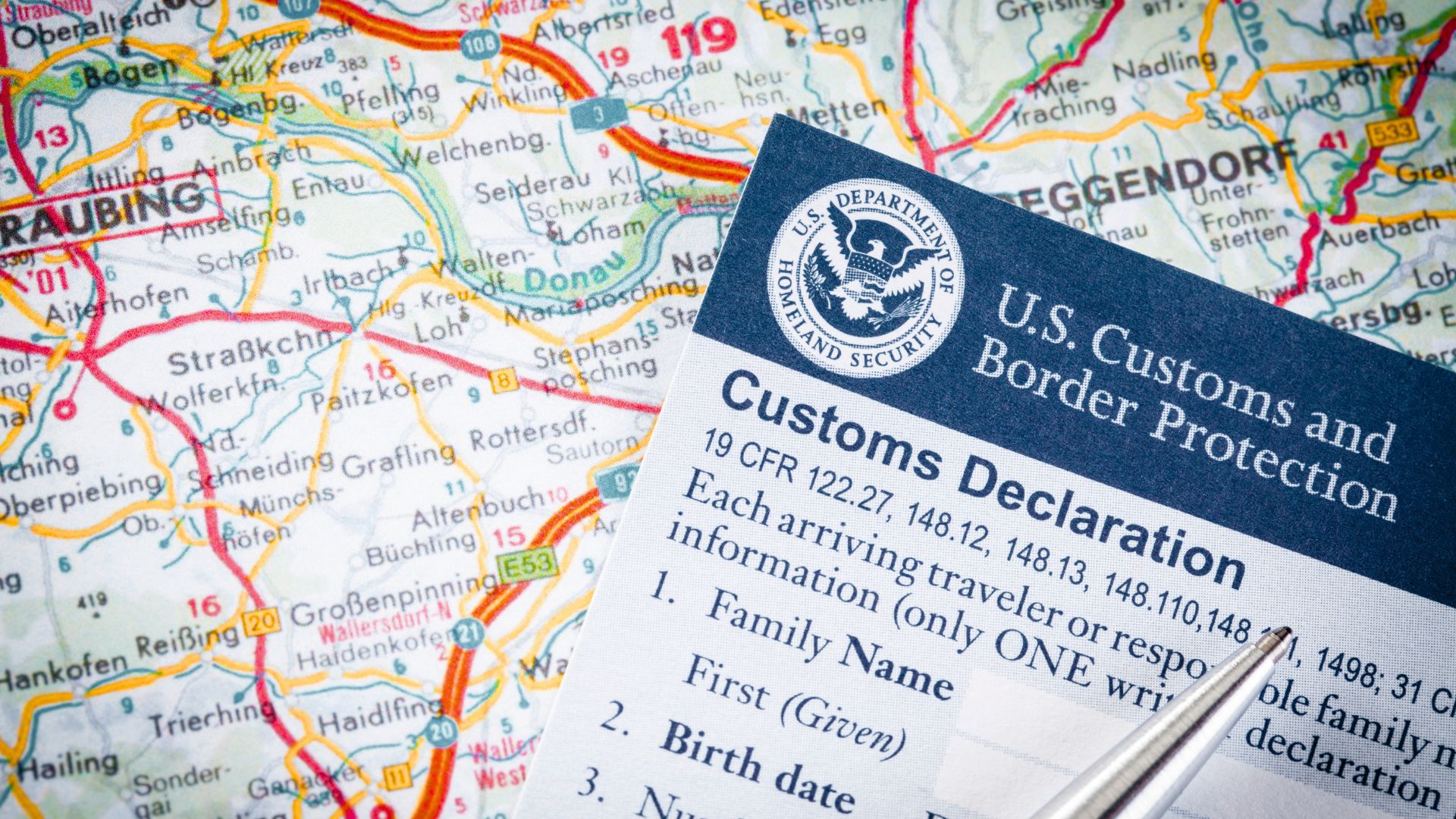The way American businesses approach offshore manufacturing today is much different than it once was. Before the Industrial Revolution of the 18th century, American companies were limited in their manufacturing capabilities. They produced goods with resources that were limited by their location and ability to distribute, and manufacturing was done in-house and in small quantities. The industrial age saw a change, with an increase in productivity, transforming global trade and creating a new business model where outsourcing more affordable labor became a favorable option to many.
The Industrial Revolution

How the Industrial Revolution Impacted Manufacturing
While it is easy to think that outsourcing is something new, it began in the 18th century as a disruptive business strategy. It was during this time that the global economic climate went from scarce to abundant. A wide variety of technological advancements allowed small businesses to produce products in mass quantities, making operational costs much higher. Until this point of increased production, most companies were managed in-house with very little or no outside help.
The capability to mass-produce suddenly presented businesses with new challenges. Businesses were struggling with how to maintain their business structure without incurring exponential labor costs. This resulted in independent contractors offering their skillsets to a variety of clients rather than just one. Professionals such as lawyers, accountants, distributors, and insurance agents were some of the first outsourced workers in American history. The first industrial revolution truly was the beginning of a new way of looking at manufacturing in terms of labor costs, access to goods, and distribution.
Technological Advancements that Moved Us Toward Outsourcing Manufacturing
Advances in technology and capability always have an impact on business and the railroad is a great example of this. As the railroad expanded in the United States, suddenly businesses were able to produce goods in areas where the cost of labor or raw materials would cost less, and then they could sell their goods to more affluent areas. This gave way to factories producing similar goods for a variety of companies, introducing a true division between manufacturer, distributor, and brand.
The telegraph also changed the approach to manufacturing and business overall. This remote communication allowed outsourcing throughout the country and eventually the ability to communicate overseas was introduced. With advancements in transportation and communication grew, outsourcing manufacturing became more and more commonplace. It wasn’t long before American businesses were shopping for the most affordable manufacturing, eventually finding that Asian countries could produce the same goods at a significantly lower price.
Offshore Outsourcing Begins
The advances in transportation and communication effectively made the world smaller and easier for businesses to send their manufacturing overseas, allowing them to focus on their business objectives. Many businesses decided to allocate resources overseas to instead focus on branding and customer service rather than production. This became especially evident in the 1970s when consumer electronics became much more popular. Businesses found that moving manufacturing offshore allowed for lower labor costs and higher profitability. Since then, it has become commonplace for companies of all sizes to manufacture offshore.
Offshore Manufacturing Today

Offshore manufacturing today is more common than ever. In fact, even large businesses like Nike, Converse, Dell, GE, and others practice offshore manufacturing. Companies find that offshore manufacturing allows for easier access to raw goods, provides more affordable labor, and quality control can be maintained. This allows for companies to provide the quality product that consumers want, at a much more affordable cost than if it was manufactured in the United States, which is a win-win for the companies and the consumers.
While technology has improved, allowing for offshore manufacturing to be commonplace, the process itself can be quite daunting. That is why more and more companies are contracting with offshore management services who will help them oversee factory selection, quality control, and protection of intellectual property and timely deliveries. Working with an experienced offshore management service can streamline the process, allowing companies to focus on running their business and providing the best customer service possible.
ITI Manufacturing Wants to be Your Offshore Manufacturing Service Provider
IF you are ready to join those who have come before you and engage in offshore manufacturing, ITI Manufacturing would love to work with you. Since 1974, we have been working with businesses of all sizes and many different industries to help make offshore manufacturing easier. Our experience offers our customers the ability to focus on running a business while we take care of all of the details.
ITI Manufacturing differs from the competition, as we have staff on the ground in China who speak the language, understand the local customs, and have long-standing relationships with factories. We can help you select the right factory for your specific product, oversee production, and handle shipping. There is no obligation when you schedule a consultation, this will simply be an informative meeting.




